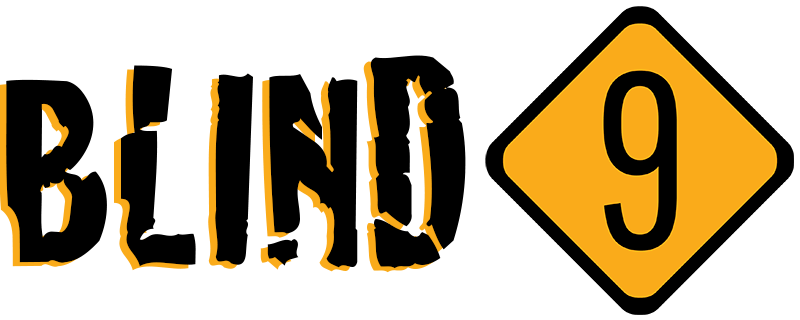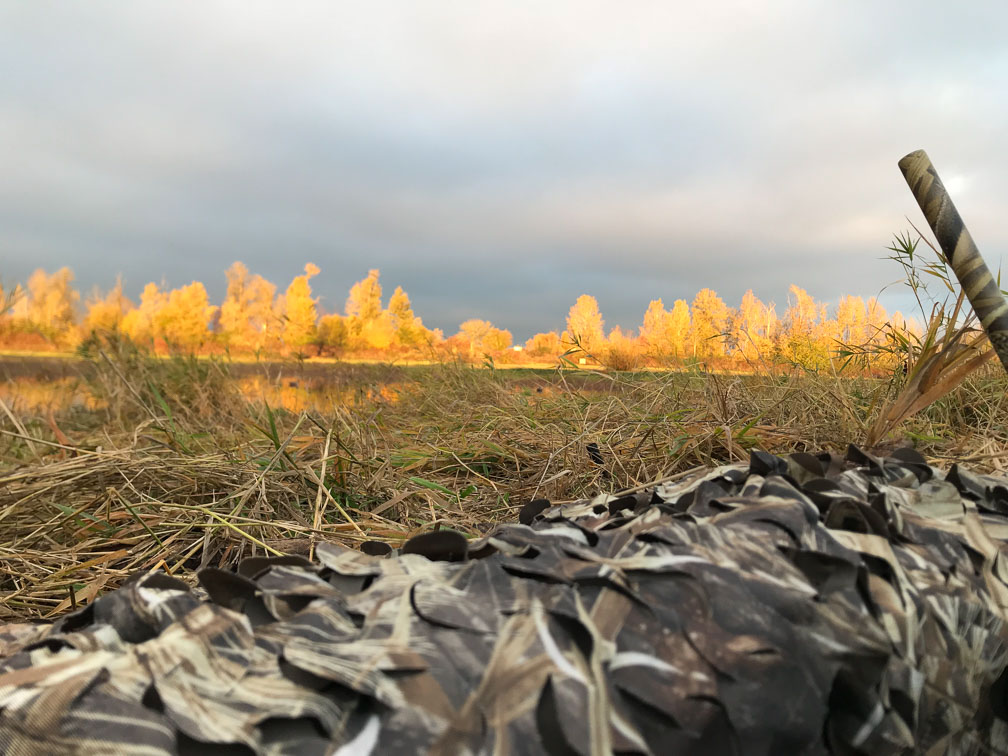An early November cold front moved down moved down from the North, leaving me thinking that it would be good time to get out for my second waterfowl hunt of the season. The front was causing freezing lows and some highs in the northern and eastern part of the state, triggering migration for puddle ducks.
I texted a hunting buddy and we planned to visit Ridgefield NWR for our first hunt of the season there. We did not have a pick but netted a blind in the standby draw. These weekend standbys are tough, especially this year since 2 blinds, 14 and 16, are dry. We grabbed Blind 6, which was one of the three remaining blinds.
The fog from earlier in the week was gone, but cloud cover persisted through about 10:30am.
Decoy Set-up
Blind 6 is an oblong pool about 60-75 yards long with the pit blind sitting the northeast corner. I generally like to set all the decoys in the upwind side of this pond and take passing shots at incoming ducks. With an inconsistent wind, today we decided to put some fairly close to the blind so we could set up a simple jerk rig on a decoy in the middle of a group. Then I placed the remaining decoys along the bank of the southwest side of the pool with the intent of denying ducks that water.
After about an hour of hunting we noticed ducks coming from the South would flare before these docoys so we moved them all into the northern part of the pond. This set-up did get interested ducks closer to the blind, but not really close enough for quality shots, not on this day.
How we Did
We got skunked. I’m not gonna lie, we had some opportunities. We should have had at least 3-4 birds but our shooting was way off. The lack of practice in the off-season for me was very evident. Our first chance came right at legal shooting time, when a flock of mallards 100-strong flew over us headed back towards the river. We emptied our guns and only dropped one hen, a very demoralizing reminder that we really should practice shotgunning in the off season. With the still low light conditions I marked the splash but never found the duck.
We managed to get some other early opportunities at a few low fliers, but we could not get any birds to commit. I think many of these birds were locals or ones that had moved into the area early in the week and were very wary. A few pintails took some hard looks at us, but either gave up on us or were spooked by other shooting on the refuge. Our best opportunity came on a pair of mallards that buzzed us at 15 yards, but came from the North while we were trying to work a bird to the South. We didn’t see them until they were nearly out of range and never took a shot at them. I watched blind 7 down one of them a few seconds later.
The Bottom Line
For me, the lesson was that I need to practice shooting, even a little, in the offseason. My best opportunity came on a pintail hen that was coming right at me. When it was nearly overhead I started shooting and emptied the gun, with nary a feather taken off the bird. I realized that I was watching the bird with every pull of the trigger, instead of what you’re supposed to do, which is to swing the bead through the bird from tail to tip of the bill and squeeze. At least I re-learned that lesson early in the season!

